Many people fail to realize that although food is readily available for them in the supermarket, it isn’t necessarily safe. The Food and Drug Administration (FDA) does not monitor or even approve foods or beverages. Additionally, food facilities don’t have to obtain any certification or approval before distributing their products here in the United States. Instead, facilities must register and meet certain standards for their facility. Still, the FDA doesn’t approve any specific food formulations, leaving plenty of room for unsafe combinations and toxins in our food supply.
Yes, a food facility must register with the FDA, but that registration process doesn’t indicate FDA approval of their facility or their products (1). The weird thing is that new food additives are required to get FDA approval, yet so many are still linked to many health conditions. So precisely what is the FDA doing to make sure these additives that many Americans consume in their food each day are safe and cause no harm?
The Importance of Reading & Understanding Labels
No one regulates terms like doctor-recommended, vegan, plant-based, or natural (1). Consequently, there are no rules to differentiate which ingredients or procedures qualify under this term (although there should be), which often leads to greenwashing. This is why learning how to read and understand labels is important. Of course, some apps can be beneficial in the learning process, such as Yuka, but even the apps often get it wrong.
According to a survey conducted by Green Beauty Barometer, 74 percent of women with children at home and 60 percent of women without kids at home claimed that purchasing green or natural beauty products was crucial to them (2). These results have encouraged companies to use this term on their product packaging as a marketing technique to lure consumers into investing in their products. Unfortunately, the FDA has never legally defined this term, which means there are no regulations on its use for product packaging. Despite the common misconception that natural ingredients are safer than synthetic ones, that isn’t always the case, considering naturally occurring substances aren’t always safe. A great example of that is citric acid. Citric acid, which is naturally occurring in oranges, lemons, and other citrus fruits, is perfectly safe. Citric acid also naturally occurs in Aspergillus niger-black mold (3). Health problems associated with this type of mold include respiratory infections, allergic reactions, and inflamed lungs (4).
When it comes to food, we often see the USDA Organic label, which is a certification that happens after a company has had an on-site inspection by a certifying agent, which entails a comprehensive top-to-bottom inspection that may differ in scope, depending on the farm or facility. Then the inspector presents findings to the certifying agent following observation of practices on the farm or facility while presenting an assessment risk of contamination from prohibited materials and might even take soil, tissue, or product samples as needed. Finally, after two different certifying agents have analyzed their findings, the company applying for certification will receive a report of their findings (5).
Organic means their product:
- Contains fewer pesticides
- Is often fresher
- Tends to be better for the environment
- Animals are NOT given antibiotics, growth hormones, or fed animal byproducts
- Meat and milk can be richer in certain nutrients
- Is GMO-free (6)
Made with organic ingredients is very misleading. To some, this term means that only 70% of the product is organic and can have a slew of toxins, preservatives, and other garbage ingredients. According to the United States Department of Agriculture Agricultural Marketing Service:
Made with organic ingredients”– Products contain at least 70 percent organic ingredients and product label can list up to three of the organic ingredients or “food” groups on the principal display panel. For example, body lotion made with at least 70 percent organic ingredients (excluding water and salt) and only organic herbs may be labeled either “body lotion made with organic lavender, rosemary, and chamomile,” or “body lotion made with organic herbs.” Products may not display the USDA Organic Seal and must display the certifying agent’s name and address (7).
Learn more about what organic really means.
Common Food Toxins
As I stated earlier, no one regulates terms like doctor-recommended, vegan, plant-based, or natural. I mentioned apps that benefit the learning process, but nothing is better than knowing each ingredient and making an informed choice based on your gathered knowledge, not someone else. This section is dedicated to a starter list of ingredients to be aware of and to jumpstart your personal research.
Acrylamide
Acrylamide is a carcinogen formed by cooking or frying starchy foods like potatoes and grains at high temperatures. Acrylamide can also be used to make polyacrylamide and acrylamide copolymers. Some waters are treated with these chemicals and can also be found in food packaging (8). According to the FDA:
“Acrylamide caused cancer in animals in studies where animals were exposed to acrylamide at very high doses. In 2010, the Joint Food and Agriculture Organization/World Health Organization Expert Committee on Food Additives (JECFA) concluded that acrylamide is a human health concern, and suggested additional long-term studies (9).“
Artificial Food Colorings & Dyes
These chemicals have been linked to neurological disorders like ADHD, cancer, allergies, learning disabilities, irritability, and aggressiveness (10). According to Michael Greger M.D. FACLM:
“Due to cancer concerns, Red dye #1 was banned in 1961. Red #2 was banned in 1976, and Red #4 was banned soon after. But what about Red No. 3, used today in everything from sausage to maraschino cherries? It was found to cause DNA damage in human liver cells in vitro, comparable to the damage caused by a chemotherapy drug whose whole purpose is to break down DNA, but Red No. 3 was also found to influence children’s behavior over 30 years ago and to interfere with thyroid function over 40 years ago (11).”
Learn why you should ban food dyes from your home.
Bisphenol-A (BPA)
Bisphenol-A (BPA) is a chemical found in the plastic containers of many common foods and beverages. The main food sources are bottled water, packaged foods, and canned items, such as fish, chicken, beans, vegetables, and even canned infant formula (12). Studies have shown that BPA can leach out of these containers and into the food or beverage. Exposure leads to problems with reproduction and increases the future breast and prostate cancer risk in a developing fetus. Additional health concerns include infertility, heart disease, asthma, insulin resistance, type 2 diabetes, and obesity (13).
Butylated Hydroxyanisole (BHA) & Butylated Hydroxytoluene (BHT)
Butylated hydroxyanisole and butylated hydroxytoluene are preservatives for processed foods that have been declared carcinogens by the International Agency for Research on Cancer. Additionally, The European Commission on Endocrine Disruption has listed BHA as a category one priority substance that causes interference with hormone function (14). They’re also accused of impacting male fertility and rats, causing liver, thyroid, and kidney problems, and affecting lung function and blood coagulation (15).
Carrageenan
Depending on the form of carrageenan depends on the risk severity. Some carrageenan comes from red seaweed, commonly known as Irish Moss, with minimal risks (16). When carrageenan is processed with acid, it creates a degraded carrageenan substance, or poligeenan, which carries significant health warnings due to poligeenan being an inflammatory substance and even a possible human carcinogen (17).
Citric Acid
As discussed above, depending on the source of citric acid depends on the risk associated with it. Citric acid naturally occurs in oranges, lemons, and other citrus fruits and is perfectly safe. Citric acid is also naturally sourced from Aspergillus niger-black mold (18). Health problems associated with this type of mold include respiratory infections, allergic reactions, and inflamed lungs (19).
Dioxins
Dioxins are highly toxic pollutants that accumulate in fatty foods and are linked to cancer, liver damage, congenital disabilities, and endocrine and immune disruption (20). In 2004, Viktor Yushchenko, President of Ukraine, was intentionally poisoned with dioxins during an attempted assassination (21).
Genetically Modified Organisms (GMOs)
GMOs are found in about 75 percent of processed foods with corn, soy, cottonseed, canola, and sugar beet-based ingredients, as well as soda, soup, crackers, and condiments (22). GMOs have been linked to illnesses like Parkinson’s, Alzheimer’s, breast cancer, and prostate cancer. GMOs may also cause gastrointestinal and immune disorders, accelerated aging, liver toxicity, antibiotic resistance, infertility, and organ failure (23).
Heterocyclic Amines
Heterocyclic amines are carcinogens that form when natural substances found in muscle meats such as beef, pork, fowl, and fish react together when cooking at high temperatures, like those seen during grilling (24). According to the National Cancer Institute:
“The formation of HCAs and PAHs varies by meat type, cooking method, and “doneness” level (rare, medium, or well done). Whatever the type of meat, however, meats cooked at high temperatures, especially above 300 ºF (as in grilling or pan frying), or that are cooked for a long time tend to form more HCAs. For example, well-done, grilled, or barbecued chicken and steak all have high concentrations of HCAs. Cooking methods that expose meat to smoke contribute to PAH formation (25).“
High Fructose Corn Syrup
High fructose corn syrup is sweeter than sugar, and the body absorbs it much more quickly. Fructose is a type of simple sugar that makes up 50% of table sugar (sucrose). According to Healthline:
“Many scientists believe that excess fructose consumption may be a key driver of many of the most serious diseases of today. These include obesity, type II diabetes, heart disease and even cancer (26).”
Overeating high fructose corn syrup can lead to insulin resistance, obesity, type 2 diabetes, and high blood pressure (27).
Monosodium Glutamate (MSG)
Monosodium Glutamate (MSG) is a food additive usually used to enhance the flavor of foods. Monosodium Glutamate is made by fermenting starch, sugar beets, sugar cane, and molasses, which is filled with salt and sugar, both things we should be limiting (28). Unfortunately, despite plenty of reports documented in scientific journals of adverse events following the consumption of MSG, the FDA still considers it safe (29).
Some people have reactions from consuming monosodium glutamate, known as MSG symptom complex. MSG symptom complex is referred to as a group of symptoms some individuals may experience after eating food containing MSG; symptoms normally include:
- Headache
- Skin flushing
- Sweating
- Numbness or burning in the mouth
- Numbness or burning in the throat
- Nausea
- Fatigue
- Chest pain
- Rapid heartbeat
- Abnormal heartbeat
- Difficulty breathing
- Swelling in the face
- Swelling in the throat (30)
Pesticides
Pesticides are used to raise and treat produce and other products, and these poisons often leave behind residues (31). They’ve been linked to everything from cancer to congenital disabilities. Pesticides can be acutely toxic or chronically toxic. Some harmful and lethal toxicity effects only take a single episode of ingestion, inhalation, or skin contact with the pesticide. Health effects include respiratory tract irritation, sore throat and cough, allergic sensitization, eye and skin irritation, nausea, vomiting, diarrhea, headache, loss of consciousness, extreme weakness, seizures, and death (32).
Polycyclic Aromatic Hydrocarbons (PAHs)
Polycyclic aromatic hydrocarbons are found in red meat (33). They claim red meat is an excellent source of protein, iron, and several other essential nutrients, yet it can release this toxic byproduct during specific cooking methods. When meat is grilled or smoked at high temperatures, fat drips onto hot cooking surfaces, producing PAHs that can seep into the meat. Researchers have found that PAHs are toxic and capable of causing cancer, are linked to an increased risk of breast and prostate cancer, and may increase the risk of kidney cancer (34).
Recombinant Bovine Growth Hormone (rBGH/rBST)
Recombinant bovine growth hormone is given to cows to increase milk production, rBGH produces elevated levels of insulin-like growth factor-1 (IGF-1) in dairy products. IGF-1 is a significant factor in breast, prostate, and colon cancers (35). In the article Hormones in Dairy Foods and Their Impact on Public Health, they said:
“It is well known apart from dairy foods basic nutritional role many of them contain a number of hormones, which they have capability to mediate specific physiological and pathological functions. Moreover, the presence of hormones in dairy products that have the potential to disrupt the physiological function of endocrine systems has raised great concern worldwide. Any subtle changes in endocrine function may alter the growth, development, and reproduction in exposed animals and humans (36).”
Learn more regarding .
Sodium Aluminum Sulphate & Potassium Aluminum Sulphate
Sodium aluminum sulphate and potassium aluminum sulphate are used in processed cheese products, baked goods, microwave popcorn, and other packaged goods (37). These ingredients are linked to adverse reproductive, neurological, behavioral, and developmental effects (38).
Sodium Nitrite/Nitrate
Sodium nitrite/nitrate is a preservative used in deli foods like processed meats such as bacon and hot dogs. When nitrates are cooked at high temperatures during the cooking process, they become hazardous due to the formation of nitrosamines (39). Nitrosamines are the primary carcinogen found in tobacco smoke (40). There are many types of nitrosamines, and most are linked to an increased risk of cancer (41).
Soy
Although soybeans have some health benefits, we must remember that most non-organic soy products are brimming with GMOs, causing less nutritional value and more toxic effects due to the chemicals involved in the genetic modification process (42). Soybeans contain compounds like phytate, which may interfere with the body’s ability to absorb vitamins and minerals crucial for vegan and plant-based dietary demands (43). These same anti-nutrient compounds may also cause digestive issues due to a reduction in the gut’s barrier functions resulting in inflammation that causes these digestive problems (44).
Tips For Avoiding Toxins In Your Food
- Limit canned food and plastic containers; choose glass if you can.
- Avoid non-stick pans; choose cast iron or stainless steel instead.
- Filter your drinking water, even some bottled waters.
- Buy organic when possible; no risk of GMOs and other chemicals.
- Avoid ingredients with numbers in them; those are usually food dyes.
- Read your food labels and know each ingredient.
If you’re looking for healthier food alternatives, check out our 10 Healthy Food Swaps post.
If you want help creating healthier meal ideas, check out Earthley’s Nourished Living Cookbook or Kate Tietje’s Wholesome Real Food Favorites Cookbook.

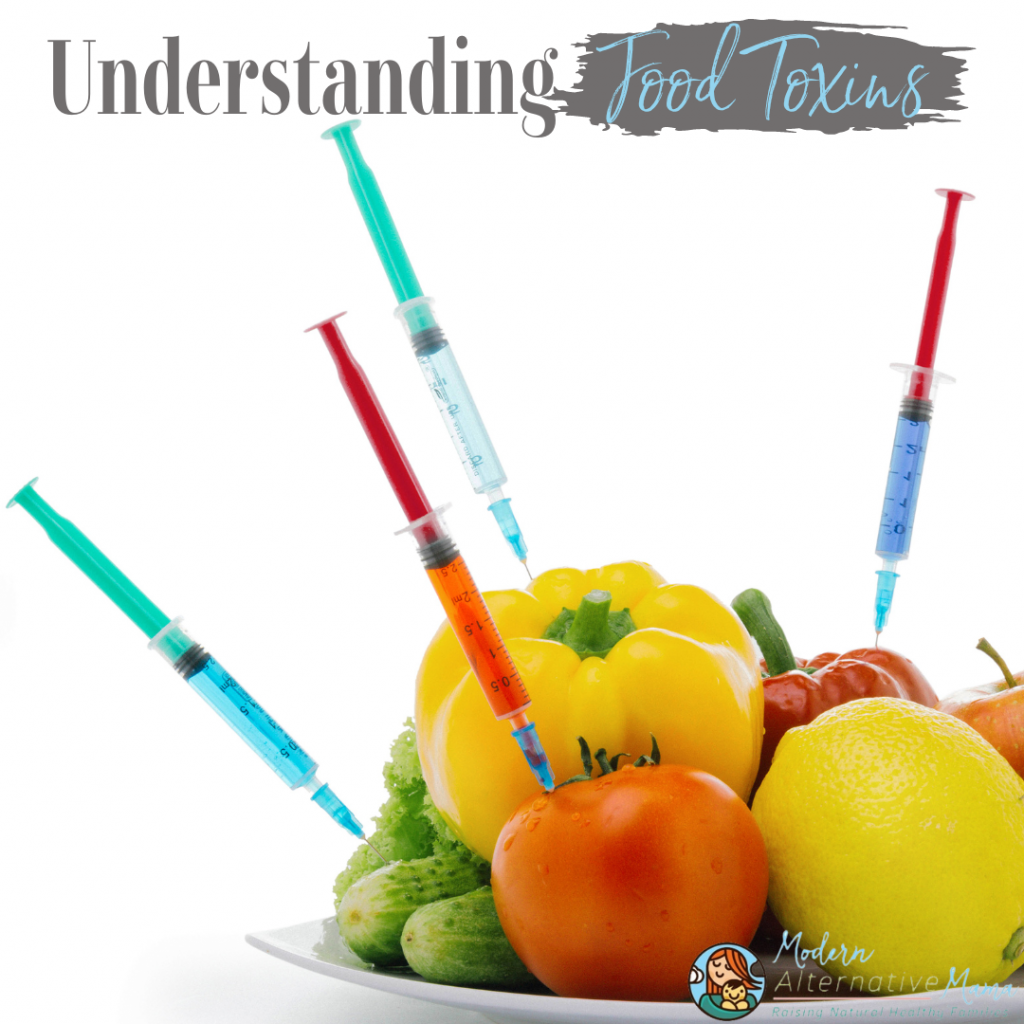
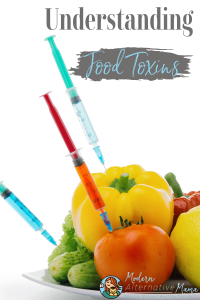

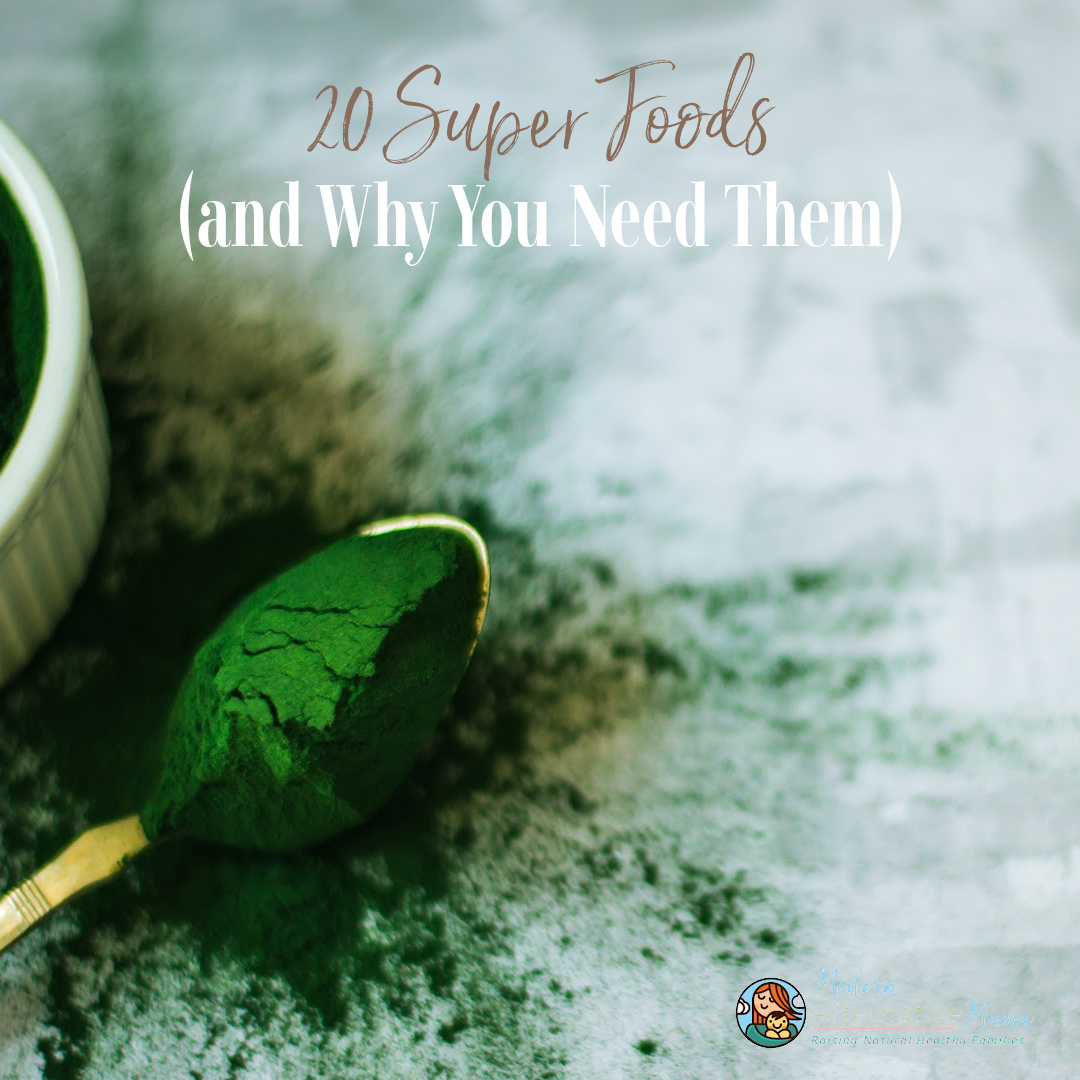
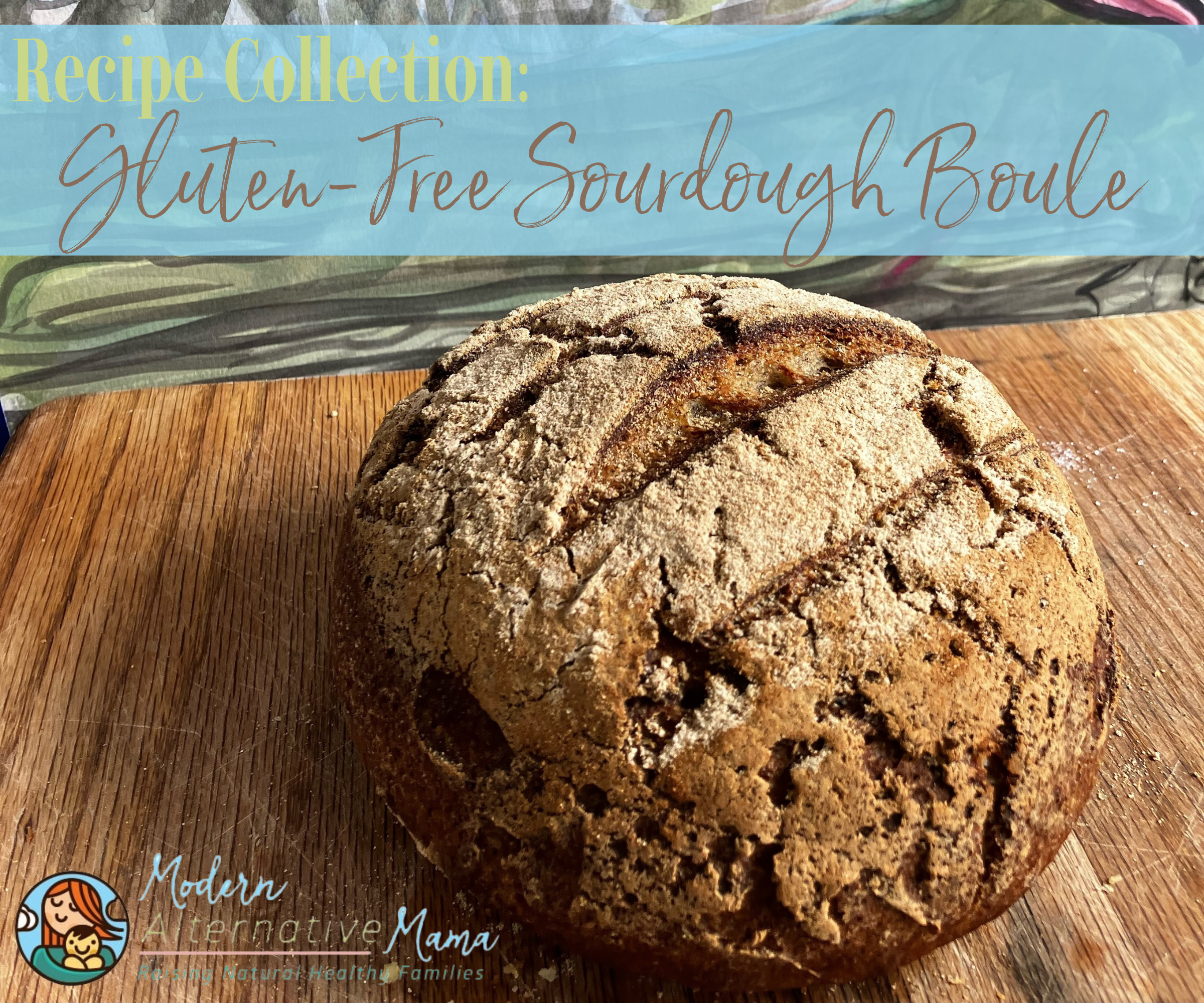
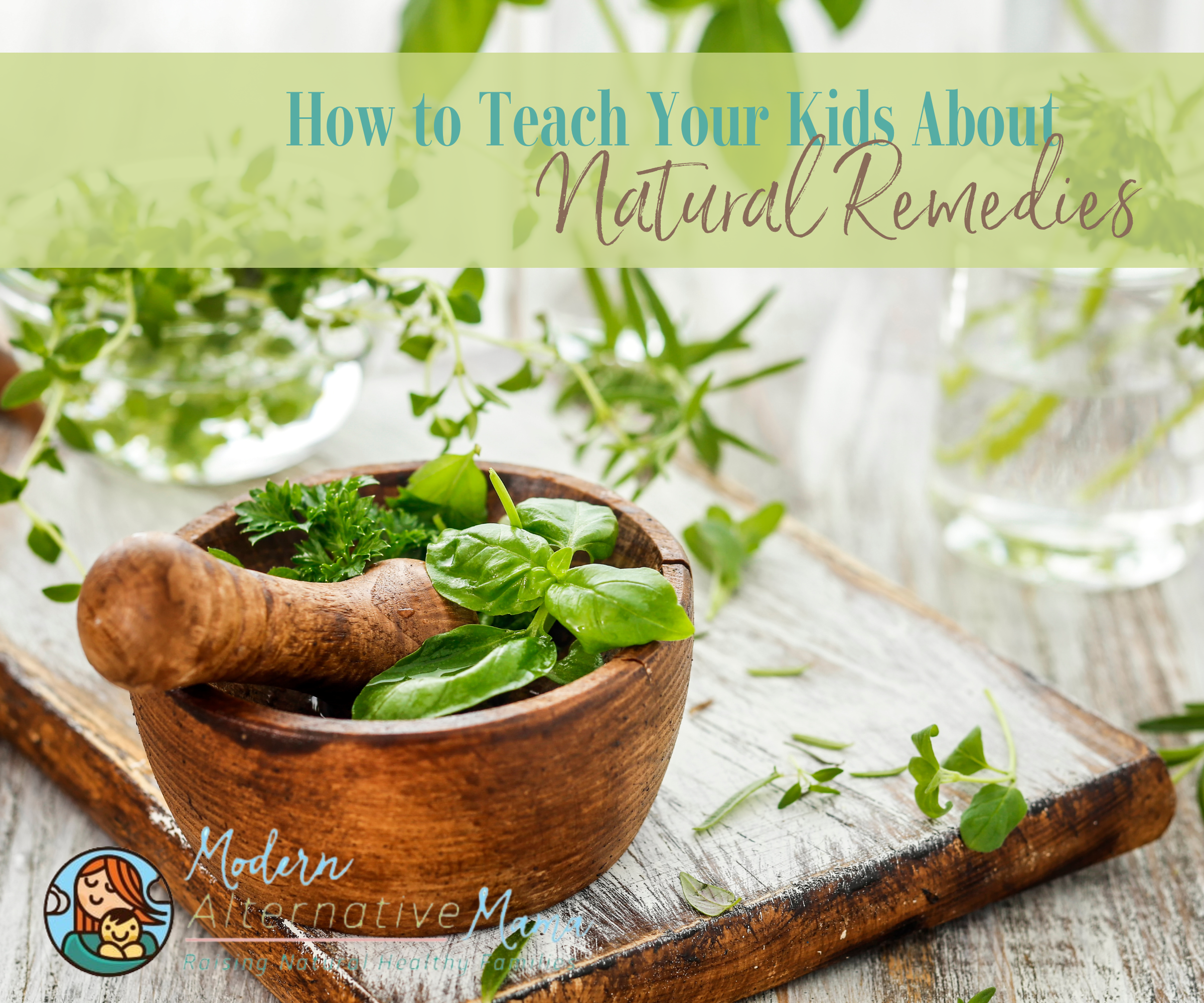

My in-laws throw up if they consume MSG. It makes me exhausted and gives me headaches.
I am curious as to what people do for kid drinks. My kids drink kool-aid mostly, and every time I try to stop it, my husband will just buy more because the kids will hardly drink anything else. Any ideas? No milk in our house as we have 2 kids with dairy allergy and a third with lactose intolerance.
My girls love almond milk! We buy the kind that is lactose and soy free!! We only keep water and milk in the house. My husband loves soda but the kids do not get that and I do not drink that anymore. Occasionally They will get a gatorade but usually only when they are sick and puking and i cannot get them to hold anything else down… I have noticed that if there are too many options around, food or drink, they will go for the tastier(usually bad for you) one. In most cases if you limit their options they will adapt to it…it may not be easy..but worth it. Just what I have noticied 😉
Becky,
My best suggestion in this case is herbal teas (fruit flavored with real fruit bits and herbs, but no actual "tea" and no caffeine. I get some from Teavana, but there are lots of types out there. Just make it and mix with some honey. It tastes a lot like Kool aid, but without the artificial aftertaste. And no white sugar! Otherwise you could use diluted 1OO% juice or even just water. They'll get used to it eventually! But really, it sounds like you and your husband need to have a serious talk about kids' drinks, because especially if Kool aid is nearly the ONLY thing they drink, they are getting a LOT of extra white sugar and food dyes, and those are prime causes of obesity and other issues among kids. They just don't need all that extra sugar in drink form.
@ Becky- I feel your pain on the milk intolerace, we can't do it over here either! We drink Cocunut milk(So delicious brand) the way most drink real milk (the kiddos get 2-3 servings a day, about a sippy and a half :)), and besides that they get watered down juice, water, or thier current favorite(or constant favorite) is tea with honey. We just use Passion tea from Tazo(the brand starbucks sells, but you can find it in practically any grocery store for a few bucks). Just choose a bright colored tea and you should be fine. And I would agree with Kate on the no white sugar thing, however, kool-aid to no sugar may be a rather large jump. Maybe start out with pretty sweet, and each batch decrease the sugar/ swich to more honey, until hopefully in a few weeks they are drinking just lightly sweetened honey tea. Hang in there, they will drink when they are thirsty 🙂
In Europe, foods containing artificial dyes carry a warning label! That's how bad things like Kool aid are. In March, the FDA is holding hearings on food dyes. What is wrong with water? Get a container that looks cool, place it where the kids can get it themselves. That's what worked for us. Also watch the short videos at http://www.feingold.org
I like the herbal tea idea – you'd probably have to brew it pretty strong to get it to a flavor level equivalent to the fruityness of Kool-Aid. I've found that for my own juices the V8 ones with nothing artificial are good because you get the fruity flavors with veggie juice hidden in it. And no added sugar, dyes, etc. It's not quite as good as making your own juice but it's good for those of us without the time to spend making our own juice.
Thanks for the ideas. I know this is one are I really need to focus on, but I have had no ideas until now. It seems to be an area not really talked about in the real food area which I have really just started in. Which are your favor teas at the Teavana site? (there are ALOT of teas there!)
This is a great post! We generally avoid processed food all together which helps keep us away from harmful dyes and additives.
In the email of this story the picture is of what appears to be natural food colors. Are you familiar with them? Taking my son (and myself) off the chemcials and while coloring isn't needed, there are times it would add a fun dimension to things.
Kelly,
There are cool ways to color food without any type of food coloring. Blueberries, purple carrots, spinach, anything strongly colored. Turmeric is frequently used and is a healthy spice!
I wrote a post about my experience using natural food colors. Here it is: http://simpleandnaturallife.blogspot.com/2012/06/review-chocolate-craft-colors.html
They worked great.